-From today, the Federal Reserve may hold an emergency meeting at any time to start raising interest rates.
-The inflation story of 2022 (and 2023) is far from over.
This is an inflation report that shocked everyone.
In January, the CPI of the United States bounced up by 7.5%, exceeding the 7.3% expected by economists, and even surpassing the 7.0% in December last year, setting a new record for the largest increase since March 1982. The hot inflation data raised the possibility of the Fed adopting more radical policies (the inflation rate is as high as 7.5%, but the interest rate is close to zero, which means that the Fed must act quickly).
In nine of the past 11 months, CPI beat Wall Street expectations, rising for the 20th straight month.
One, a sensational report
From the breakdown data, inflation shows no signs of cooling (price increase is a common phenomenon, and energy, food and rent are all rising):
-Core CPI (excluding volatile food and energy) climbed by 6%, which was higher than 5.5% in December and the highest increase in 40 years;
-Used cars rose by 40.5% year-on-year (the main force pushing up inflation);
-The sharp rise in housing rent is also one of the reasons for pushing up inflation (the cost of living is usually considered as a sticky part of inflation, and it is less likely to fall back once it rises);
-Food prices soared by 7%, the biggest increase since 1981;
Fast food prices jumped by 8% year-on-year, and restaurant prices recorded the biggest increase since the early 1980s.
This inflation report highlights the cyclical acceleration of inflation, and Fed officials will have difficulty falling asleep from today.
Second, press on everything
After the publication of the report, the market's expectation of raising interest rates by the Federal Reserve was completely reshaped (a more radical path of raising interest rates), which changed overnight (the focus came):
First, the Fed may hold an emergency meeting at any time to start raising interest rates, just like it did two years ago (some analysts even expect the Fed to raise interest rates urgently on Friday or next Monday);
Second, the market has a 99% probability of raising interest rates by 50 basis points in March (Citi also revised its forecast last night and expects to raise interest rates by 50 basis points in March);
Third, the market also expects a cumulative interest rate hike of 100 basis points in the next three meetings (equivalent to one interest rate hike of 50 basis points and two interest rate hikes of 25 basis points, and the number of interest rate hikes in the whole year may be higher than six times);
Fourth, the market thinks that by December, the total interest rate will be increased by 160 basis points, which is equivalent to nearly 6.5 interest rate increases by 25 basis points.
The market has weighed on everything.
Now, only a sustained stock market slump can prevent this from happening.
If the Fed feels that raising interest rates by 50 basis points at the beginning is too strong, it is likely to raise interest rates again between March 17th and May 5th (and hold a temporary meeting between March and May meetings to raise interest rates).
Note: Before the meeting of the Federal Reserve on March 17th, the CPI and non-agricultural employment data in February will be released. If the CPI data does not continue to rise and the non-agricultural data is not so bad, a sharp interest rate hike in March is almost certain.
After the inflation report was released, the most hawkish officials of the Federal Reserve changed their mouths.
St. Louis Fed Chairman Brad said (who has the right to vote this year) that he supports raising interest rates by 50 basis points at a time and raising interest rates by 100 basis points before the beginning of July (Brad did not support raising interest rates by 50 basis points at a time before).
I hope that on July 1stHaving seen a 100 basis point rate hike before, I was already more hawkish, but I still greatly raised my expectations of what the Committee should do. The expectation of a sharp increase in interest rates has been reflected in market pricing. I think this is a reasonable response to the unexpected inflation shock in 2021.
The CPI data shows the continuing inflationary pressure in the United States, which is worrying to me and the Fed. I think we must greatly improve our flexibility and responsiveness to the data.
Policymakers are still focused on the March 15-16 meeting and have promised to end the asset purchase program before starting to raise interest rates.
Support a sharp scale reduction at the same speed as when the Federal Reserve expanded its table. As a general principle, I see no reason why easing should not be withdrawn at the same rate as it was when easing was expanded, especially when inflation is at a 40-year high. The initial stage of the plan may be to reduce maturing securities, and the second part may involve asset sales. I very much hope that the Committee will consider this possibility so that it can do so when necessary, because inflation has not slowed down as we would like.
Brad is the first official to change his mouth, and it is expected that the number of officials who change his mouth will increase one after another, which is a potential risk point for the market to change its position in the future.
Brad's speech made the market worse.
Third, false hopes
For President Biden, inflation, which has been at a high level for decades, is the biggest challenge at present. Many point to last year's stimulus bill as a key cause of rising prices. Biden's support rate has been declining recently.
Unlike in the past, Biden did not speak about it. Instead, it was a statement from the White House (politicians' rhetoric):
Our two economic priorities are: to create a growth economy with more high-paying jobs, and to reduce the price increase caused by global inflation. We have had historic success on top priority, the biggest year of job growth in history, Americans finding better jobs, better wages and better benefits, and the fastest economic growth in decades. In the face of rising prices, we have been using all the tools we can use.
While today's report (inflation) has improved, inflation is expected to slow sharply by the end of 2022. Fortunately, last month we saw positive growth in real wages and a slowdown in car prices, which accounted for about a quarter of overall inflation last year. We also see good news that the number of new jobless claims continues to decline.
Will continue to go all out to win this struggle. We will continue to rebuild our infrastructure and manufacturing so that we can make more products in the United States and strengthen our supply chains at home. We will continue to work in areas that have hampered families and working people for decades, from prescription drugs to child care and elderly care to energy costs. We will continue to push for more competition, make our market more competitive and provide consumers with more choices.
At the same time, the White House issued a fact sheet (suggesting that the Fed will take action):
President Biden's plan is first and foremost to respect the Fed's independence (which sounds a lot like "intervening" in the Fed's independence) to prevent price increases from becoming entrenched. The Federal Reserve provided extraordinary support during the crisis. Given the strength of our recovery and the pace of recent price increases, it is appropriate for them to readjust this support.
Fourth, panic
U.S. Treasury bonds suffered a sell-off, and the yield soared. The yield of 10-year U.S. bonds exceeded 2%, and the yield of 2-year U.S. bonds rose to over 1.60%.
The 30-year mortgage rate soared to over 4.00%, and the panic spread to the real estate market
< img src= "https://static.tigerbbs.com/378408da1a5b4484216b40076c089b87" tg-width= "995" tg-height= "561" referrerpolicy= "no-referrer" width= "100%" heiGht= "auto" >
The five-year and 30-year yield curves of US Treasury bonds fell to only 35 basis points above the reversal. In the past 30 years, there have been only two curve reversals and two economic recessions.
The US stock market fluctuated greatly, but ended up falling. The Dow Jones index fell 1.47%; The S&P 500 index fell 1.84%; The Nasdaq fell 2.10%.
The trend of the US dollar is chaotic
Gold closed down, which was also a very volatile day
Bitcoin has experienced a roller coaster
What is the best way to cure inflation? Economic recession.
What is the way to get the Fed to stop? The stock market continued to plummet.
$E-mini Nasdaq 100 - main 2203(NQmain)$ $YMmain(YMmain)$ $Gold - main 2204(GCmain)$ $Light Crude Oil - main 2203(CLmain)$ $China A50 Index - main 2202(CNmain)$
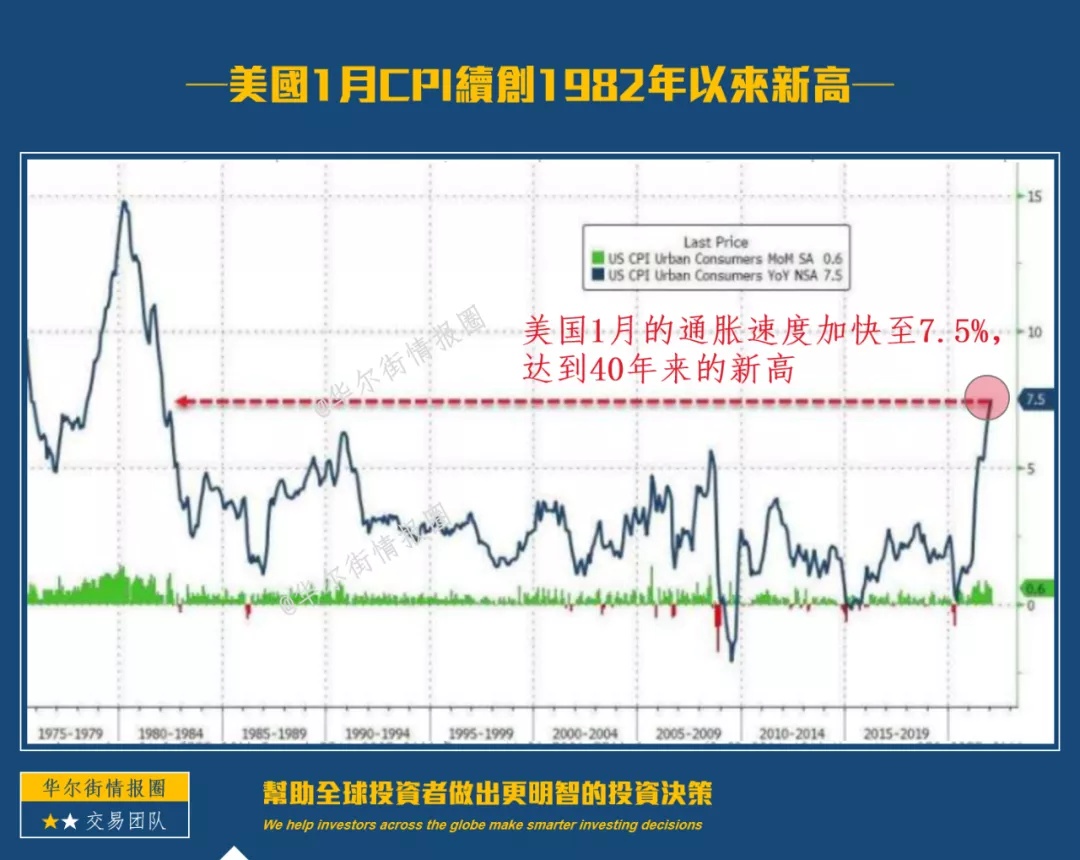
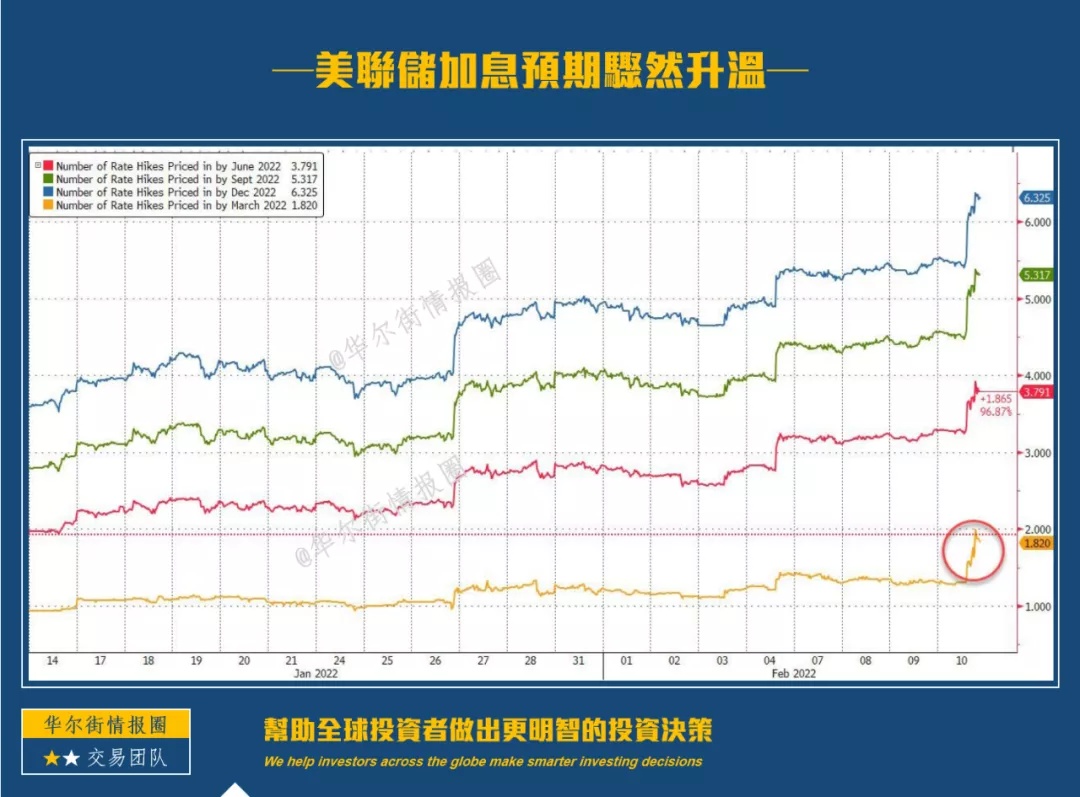
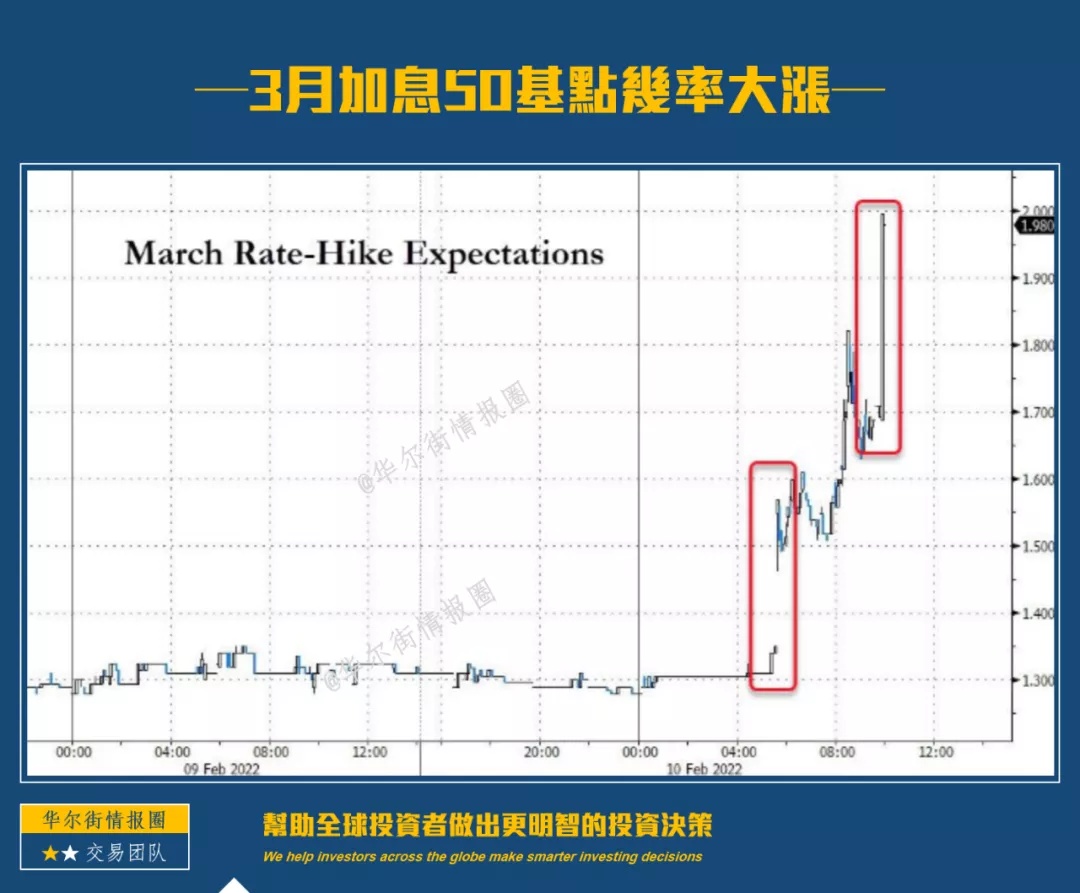
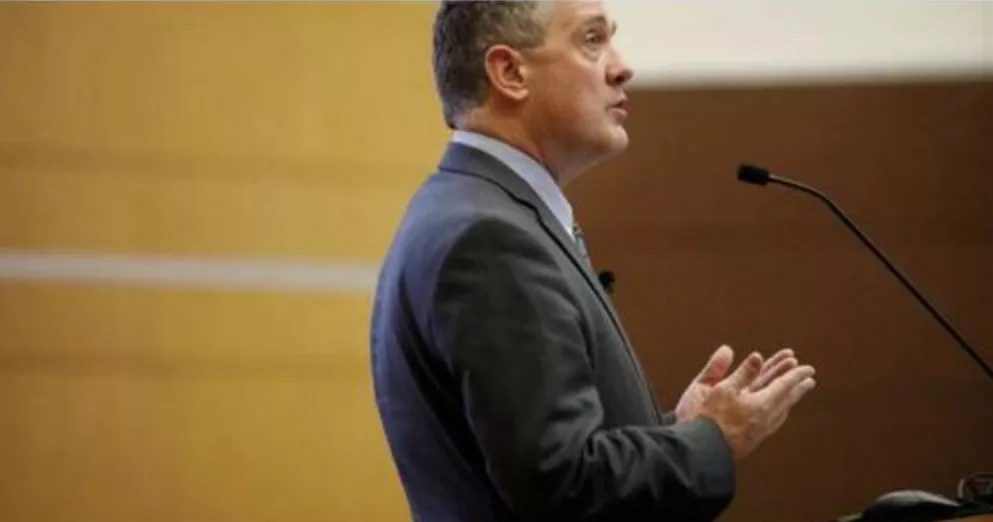
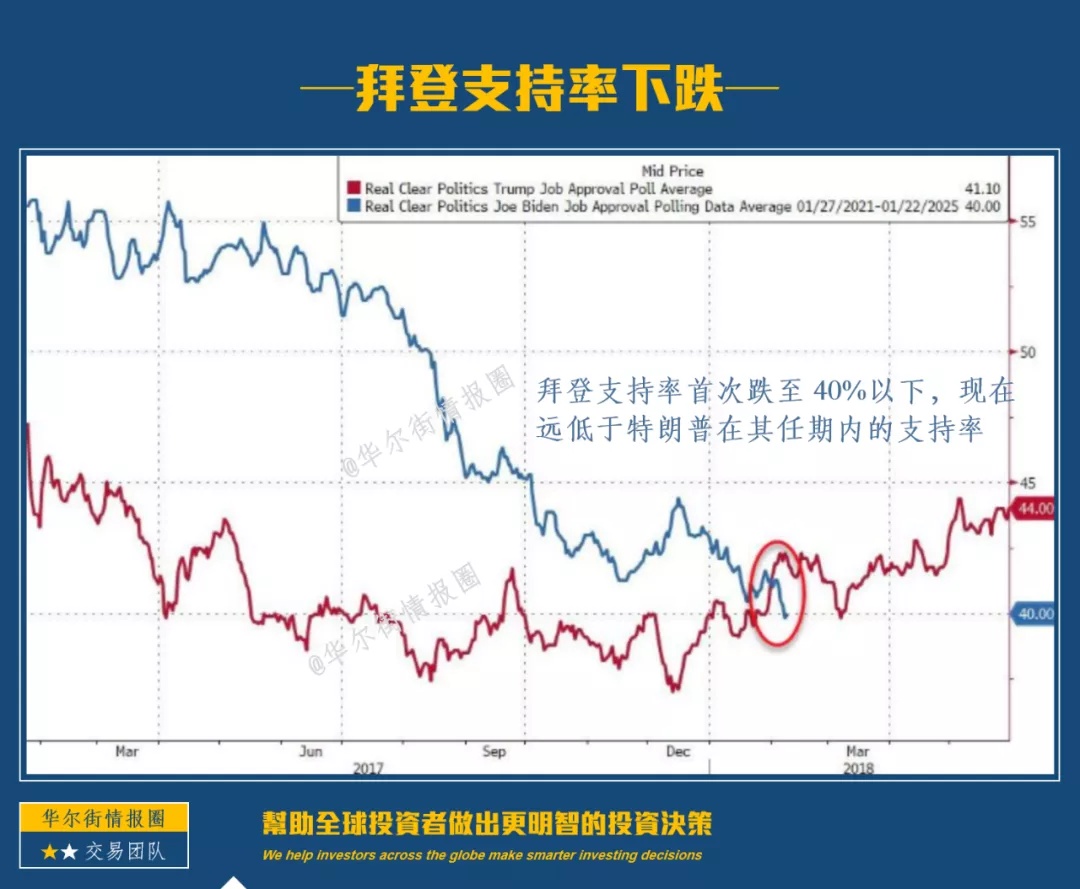
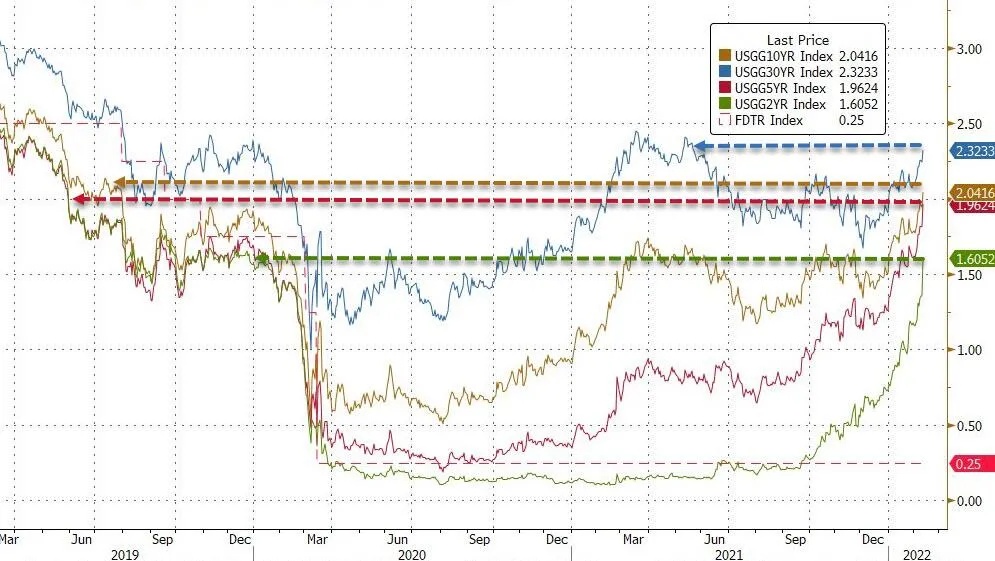
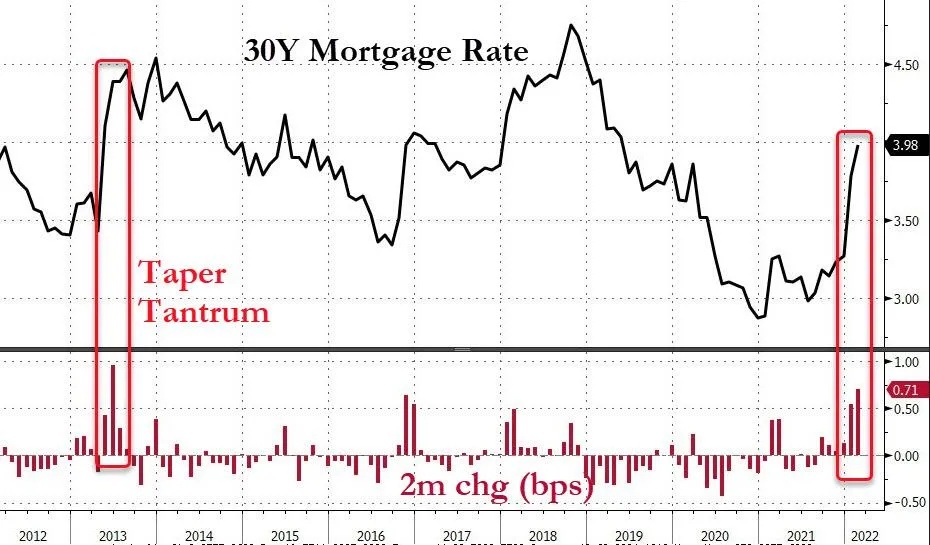
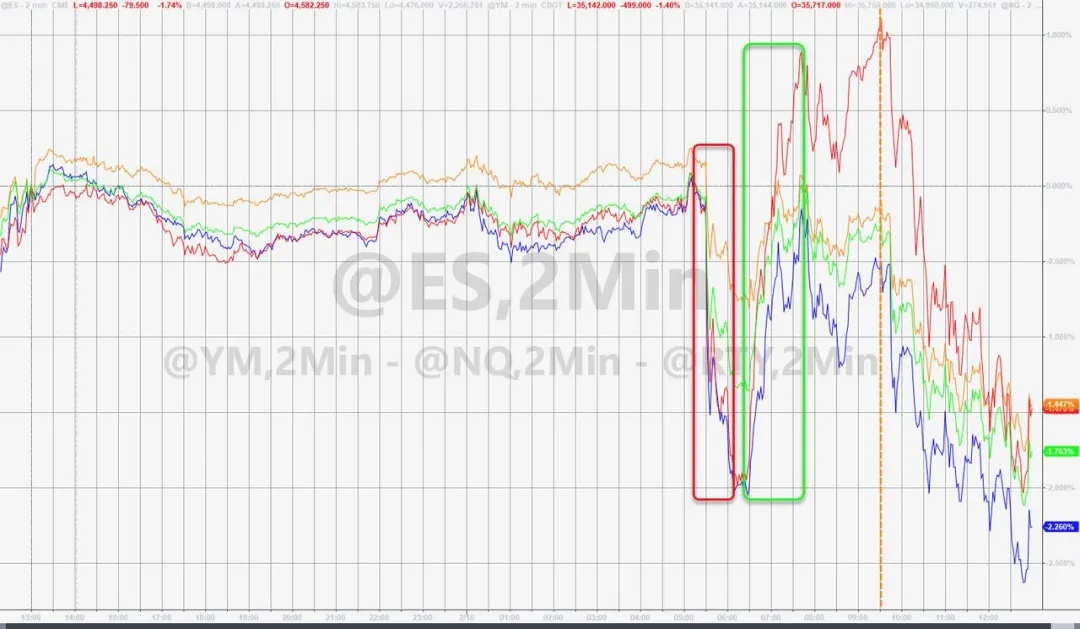
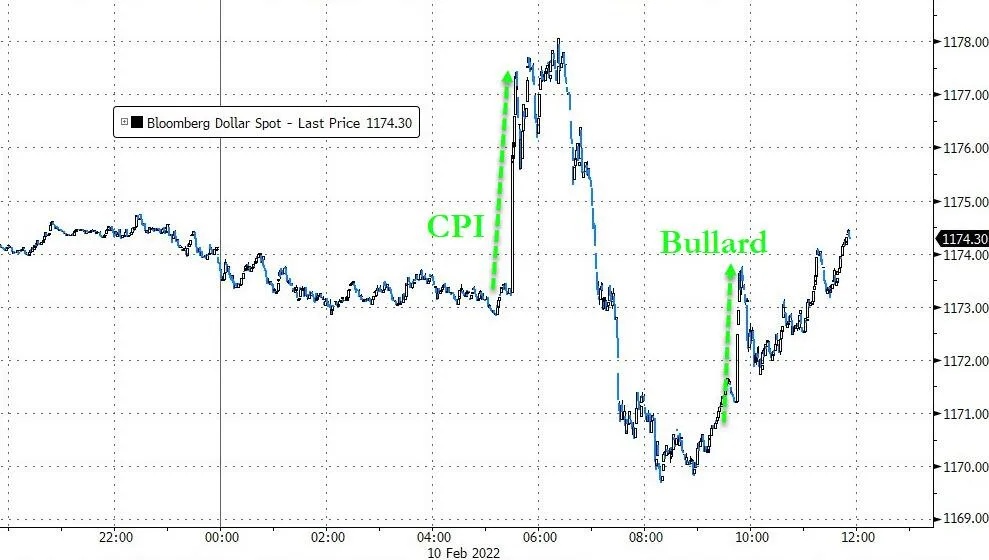
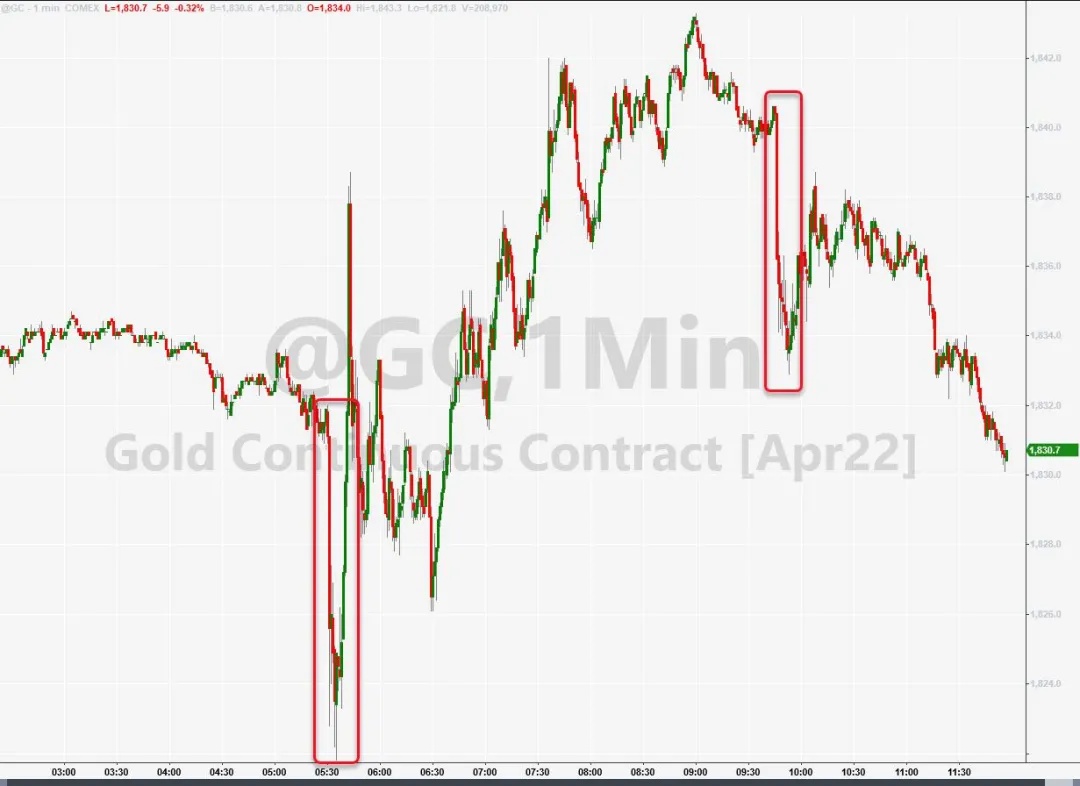
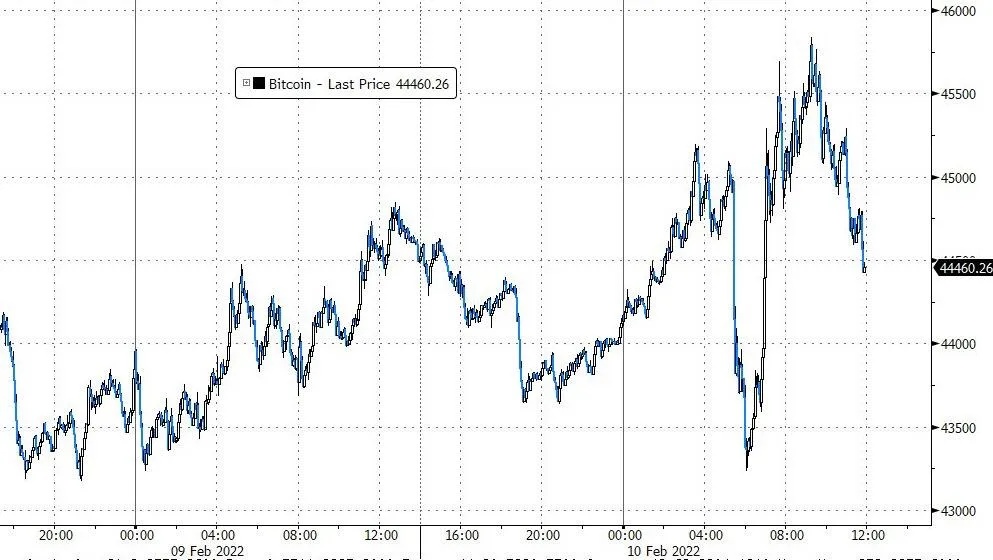
Comments